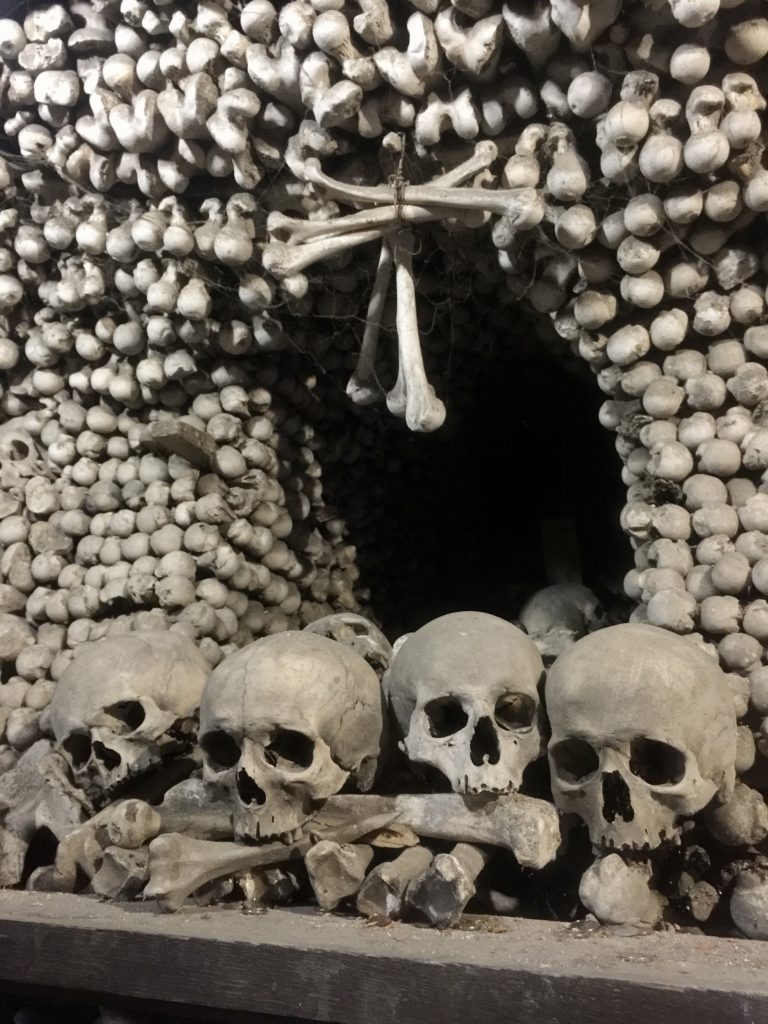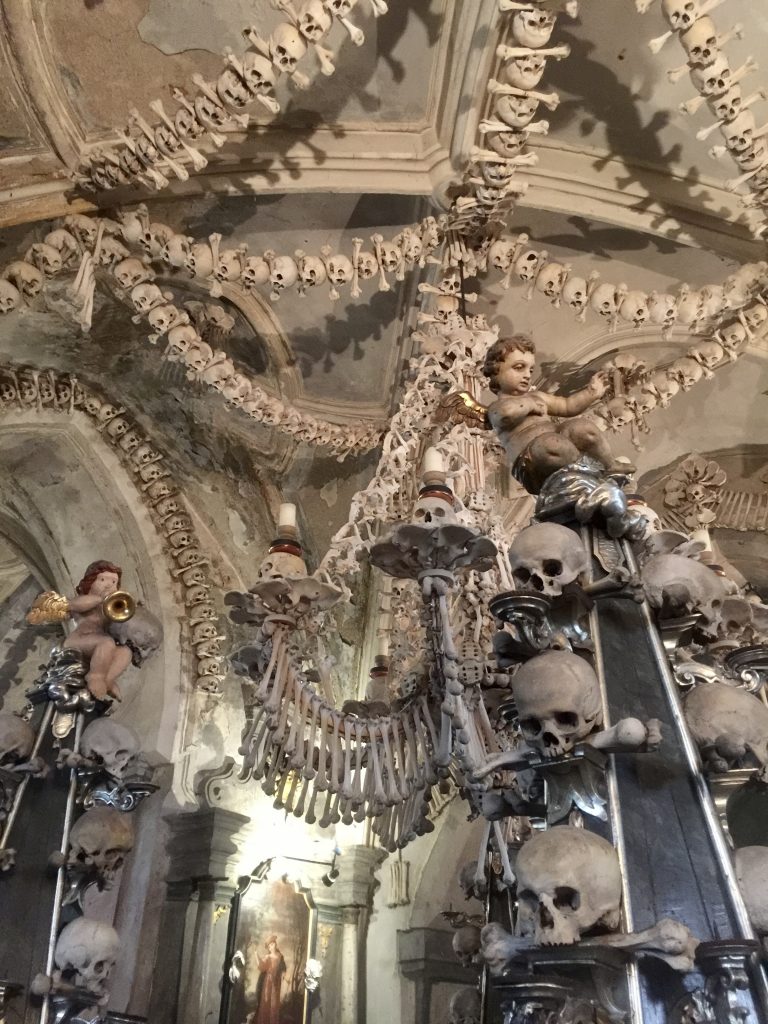
““Each skull has a story, of which we will never know; of life and death, of pains and dreams forever untold.”
While browsing the web have you ever stumbled on something weird and wanted to check it out? That’s how I winded up here, at the Sedlec Ossaury.
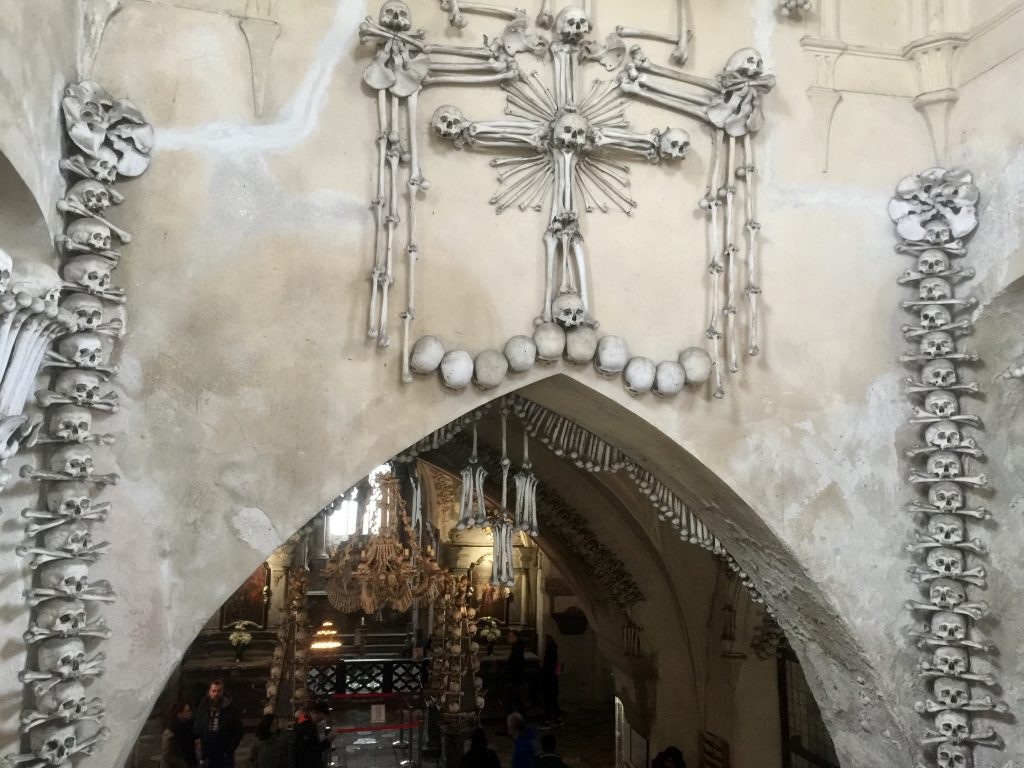
I came here for the skulls and the Czech beer.
When it comes to the Czech Republic, there wasn’t much I knew beforehand about the country. The first three things that came to mind are its beer, soccer team, and porn stars.
Regarding the latter, the Czech Republic produces a remarkable 70 porn stars per million people. Only Hungary tops it in Europe, at 75/million.
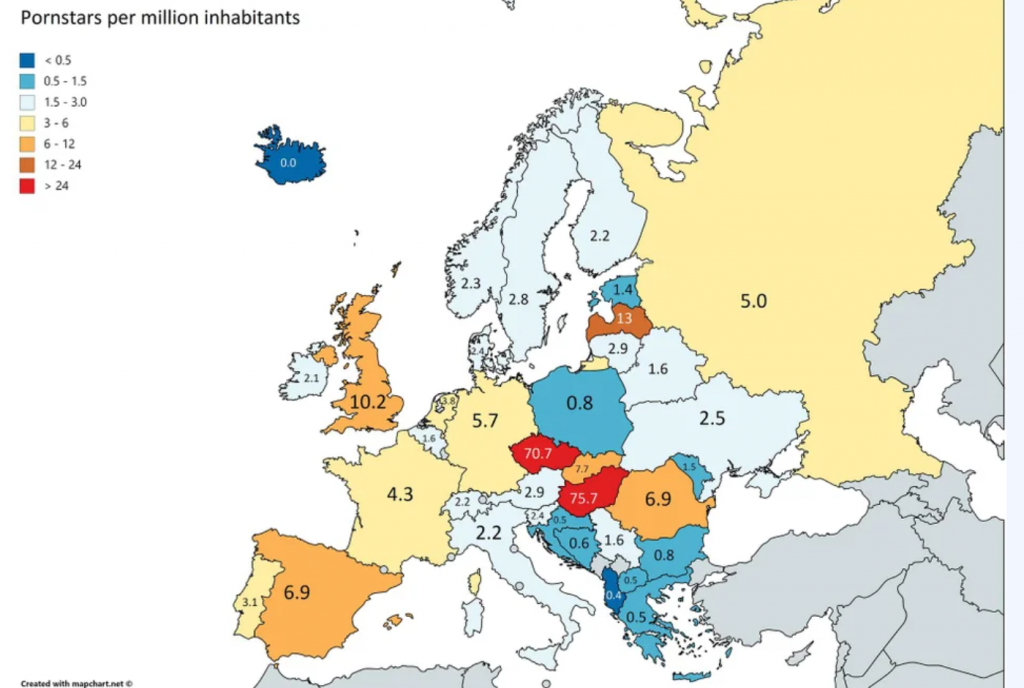
Regarding its beer, the Czech Republic has the highest beer consumption per capita in the world, at over 190 liters per adult.
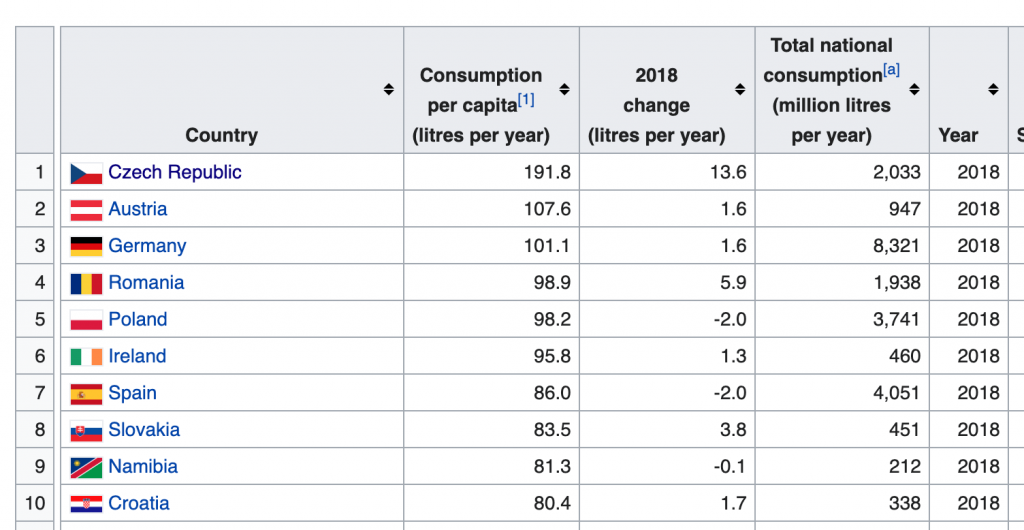
Here, they have no peer and are straight out-chugging the competition, almost doubling the next country on the list. Remarkable. The Michael Phelps of beer swishing.
Though these types of statistics aren’t the type to be healthy, they would make for an interesting country to visit, right?
That’s how I viewed my entry into the country, as I wanted to learn more about its culture and history.
I flew into Prague from the Sahara so it made for a jarring contrast. Some of its most famous landmarks are Prague Castle, Charles Bridge, and Old Town Square, which houses the famous Prague astronomical clock.
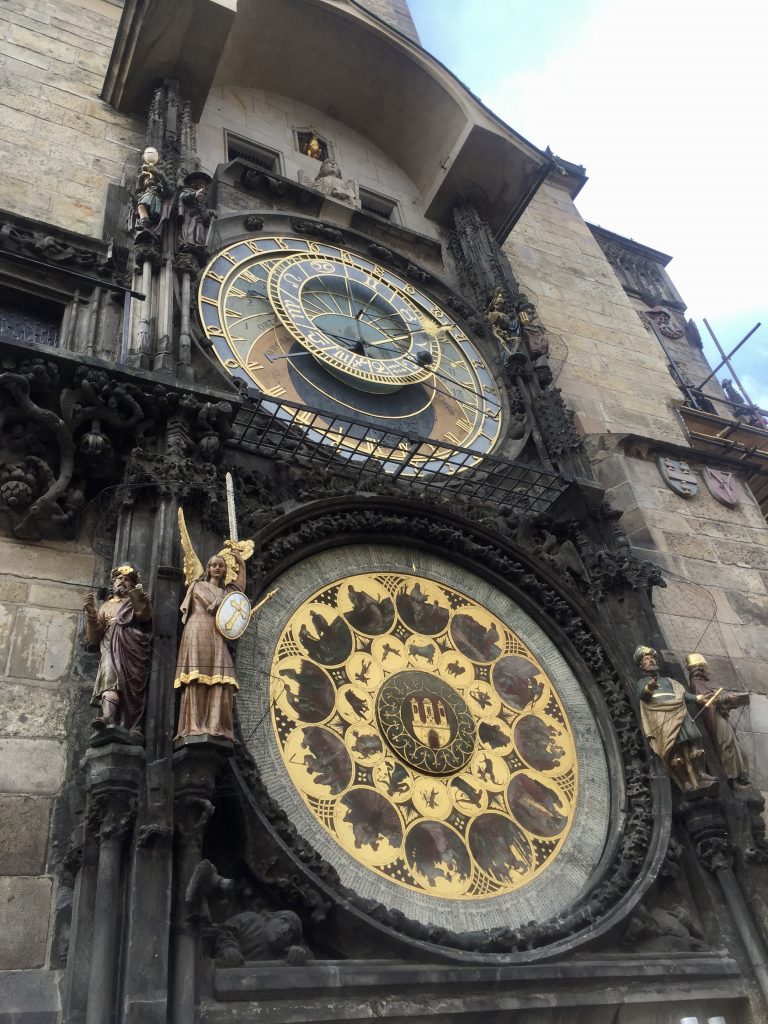
Installed in 1410, today it remains the oldest astronomical clock still operating in the world. The Old Town features a multitude of bars where you can grab a drink as you take in its baroque architecture. The castle’s towers are viewable from near anywhere if you’re eye level to the city.
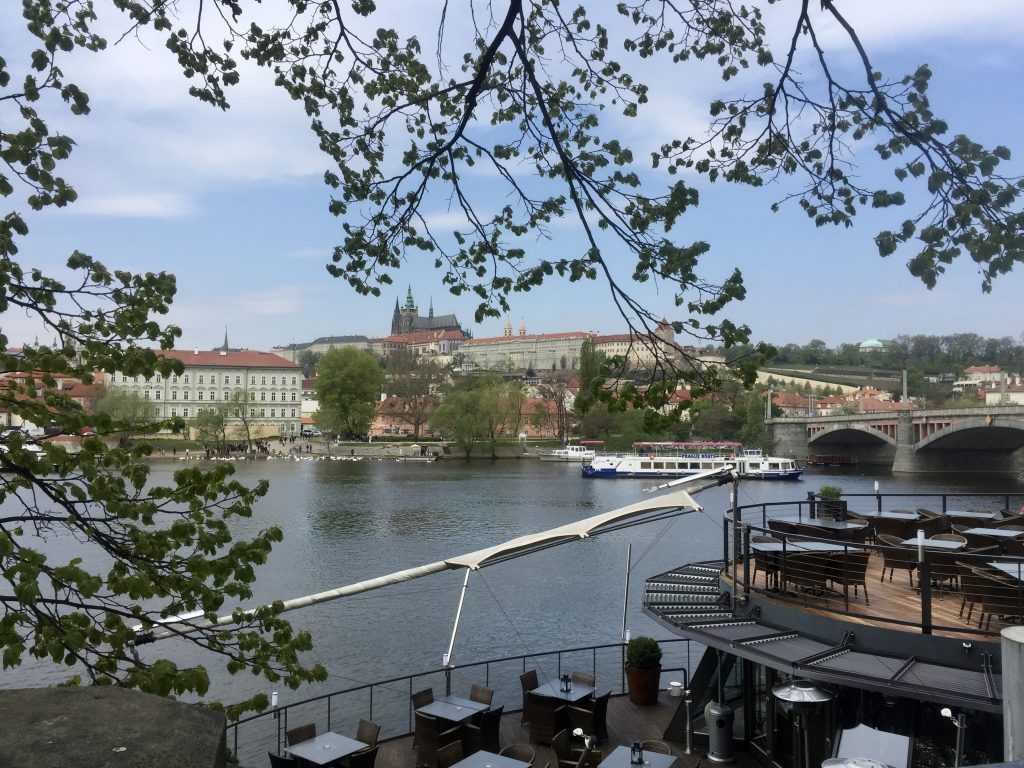
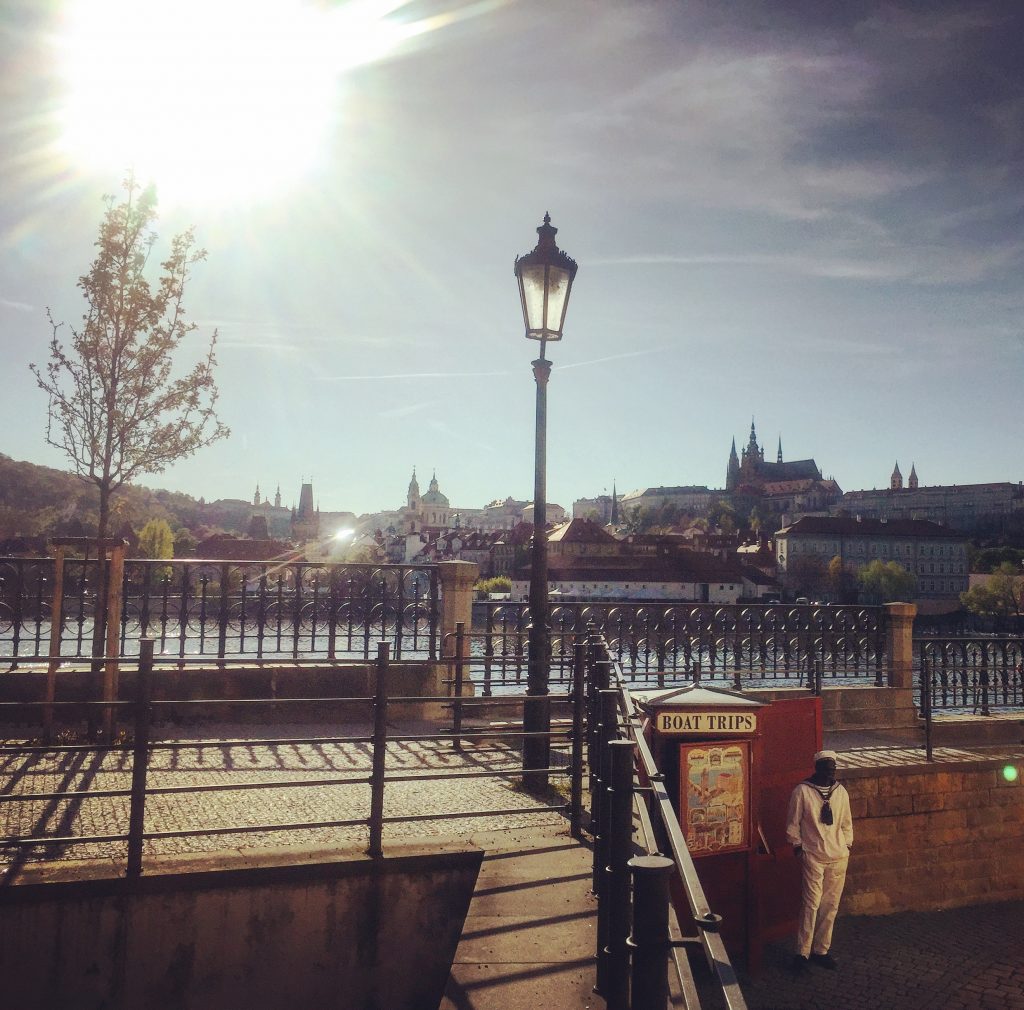
And you’re likely to cross Charles Bridge to check it out.
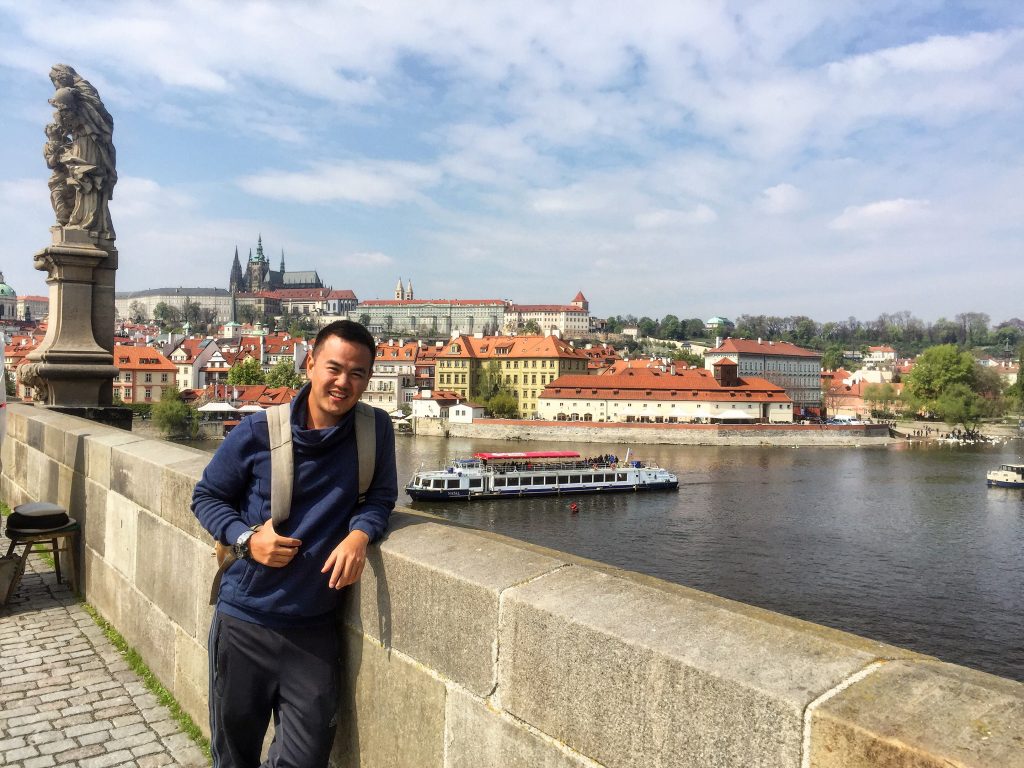
With beer galore, you’d figure Czechs must eat hearty meals, right? I sometimes wonder: Does the alcohol of a nation influence the cuisine of its people, or is it the other way around? With French fine dining, for example, wine makes for an exquisite pairing, while Korean soju is inextricably tied to its BBQ dishes.
With beer, you’d expect a country to eat lots of meaty dishes like bratwurst — and you’d be correct. Popular Czech dishes are schnitzels, beef steak tartare, fried cheese, goulash, ham, and roasted duck (pictured below).

A nation that enjoys its beer won’t take itself too seriously, I reckon. The belly has no room for that.
In Prague, I stayed at a hostel for my first few days before I moved into a rustic Airbnb. It was my first time staying at a hostel in over 15 years and I was surprised by how clean and well-kept the place was. Backpackers today have a much more pleasant experience than did those of my era back in the early 2000s. I particularly liked the design of the hostel and its outdoor scenery.

I realized hostels today do a much better job of coordinating activities for guests. It felt like a summer camp orientation of sorts for young adults. The whole backpacker scene has changed so much in twenty years, with many more East Asian and South American tourists in Europe. Wifi and smartphones have been a gamechanger, making it much easier to stay in touch with others and figure out what to do for the night. This underscores how astronomically fast times are changing, and made me ponder what will the backpacking experience be like in 2040? Augmented reality tours and real-time videos of the going-on’s in a city?
Alas, after befriending a Costa Rican tourist, she expressed her interest in checking out Sedlec Ossuary with me so off we went. It makes for a good day trip, about an hour train ride away from Prague.
The Sedlec Ossuary is a Roman Catholic Church and houses the skeletal remains of some 40-70,000 people. With so many bones, they were artistically arranged to serve as decorations. Gnarly..
Nowhere is this more evident than in its chandelier, which consists of every single bone in the human body, at least once. It’s probably the only chandelier in existence comprised of all bones.

So how did this come about?
In the 1200s, the abbot of the chapel brought back holy soil from a Jerusalem pilgrimage, of which he spread across Sedlec’s cemetery. As a result, Sedlec became the new it spot for bodies to be buried. By the 1400s, over 30,000 remains were housed here. They became so numerous that they were dug up and made into pyramids. Then, in 1870, an artisan hired by a noble family turned them into the ornate decorations we see today.
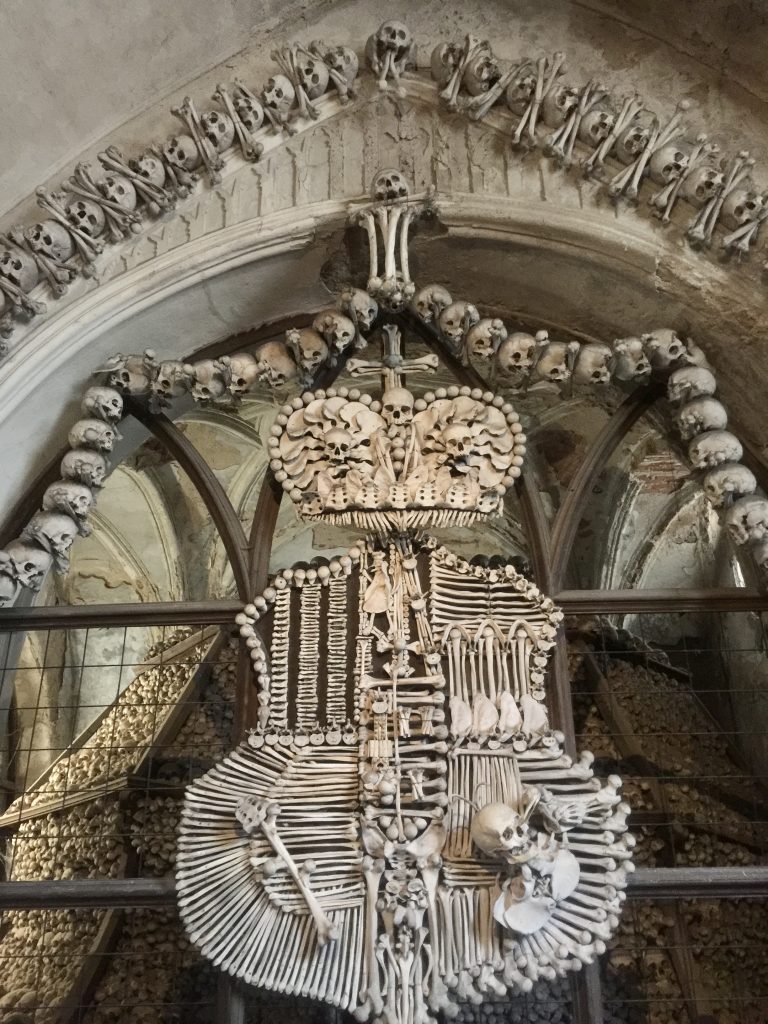
Pretty interesting, right? A story that took hundreds of years in the making and derived from such randomness: from a patch of Jerusalem dirt into a human chandelier 600 years later.
What a fascinating tale. The Butterfly Effect.
So what did I take away from the experience? I can’t really say. The backstory is far more enticing than seeing the bones up-close to be honest. The church is small and we spent less than a half-hour wandering its walls. Hanging out in the local taverns and strolling around the town made for a bigger impression, as you can feel the history in its residents.
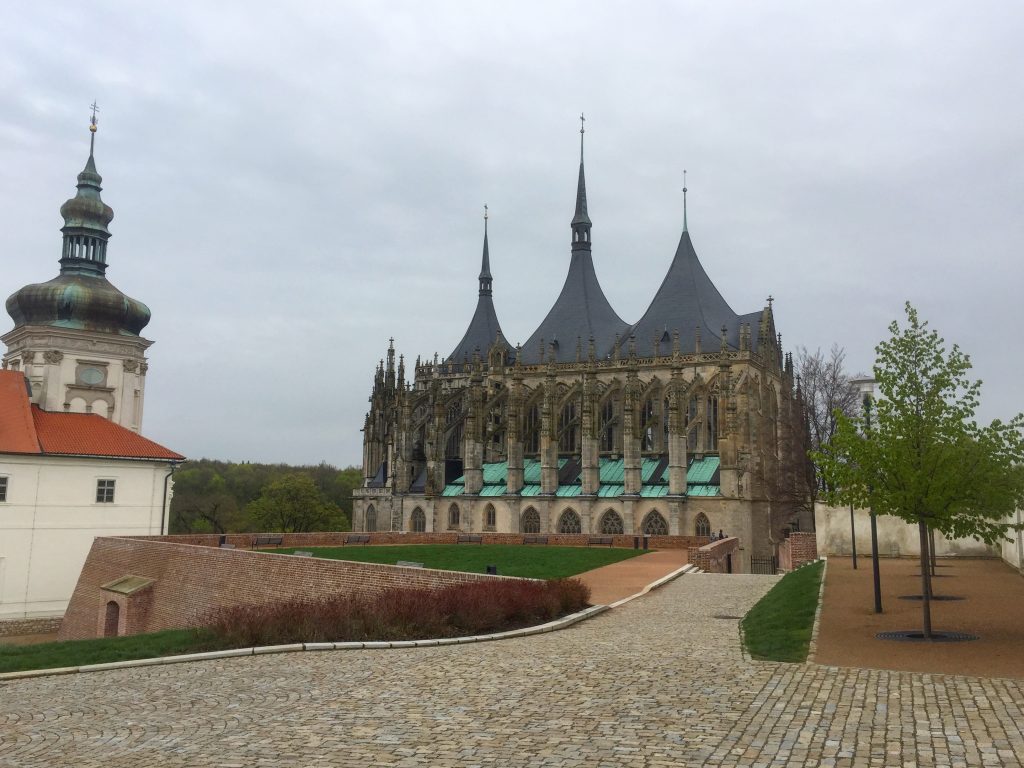
As I took a sip of my beer, I wondered how many of their ancestors were buried within these walls?
